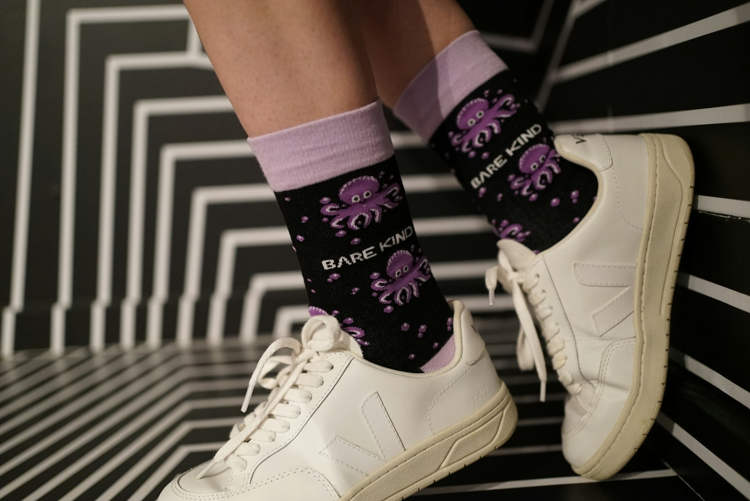Abraham Poincheval, a performance artist from France, specializes in confining himself to the smallest possible spaces for long periods of time. A couple of years ago, he spent a whole week buried in a tiny underground hole in a bookstore, with just a pile of books for company. Now he has fashioned a new task for himself – he’s spending nearly a fortnight (1 to 13 April) crammed inside the carcass of a grizzly bear, in a space measuring only half a square meter. He won’t be coming out at all, not even to eat, drink, sleep or relieve himself. Two cameras will be on him at all times, recording the whole experience.
The bear itself was excavated by Abraham and has been partly reconstructed to support the project, using plywood, plaster, foam and polystyrene tubes. The bizarre installation is completely covered with the bear’s original skin and fur. When empty, the entire structure weighs 115 pounds. Inside it is a semi-upright chair on which the 42-year-old artist will be spending all his time. Rubber exercise bands will help him get some movement and he has some room by his feet for a stretch. There’s also a kettle and an odd assortment of foods that only a bear could appreciate – frozen dried fruits, insects and worms. Too bad the bear isn’t Winnie the Pooh, or Abraham could have had some honey as well.




















